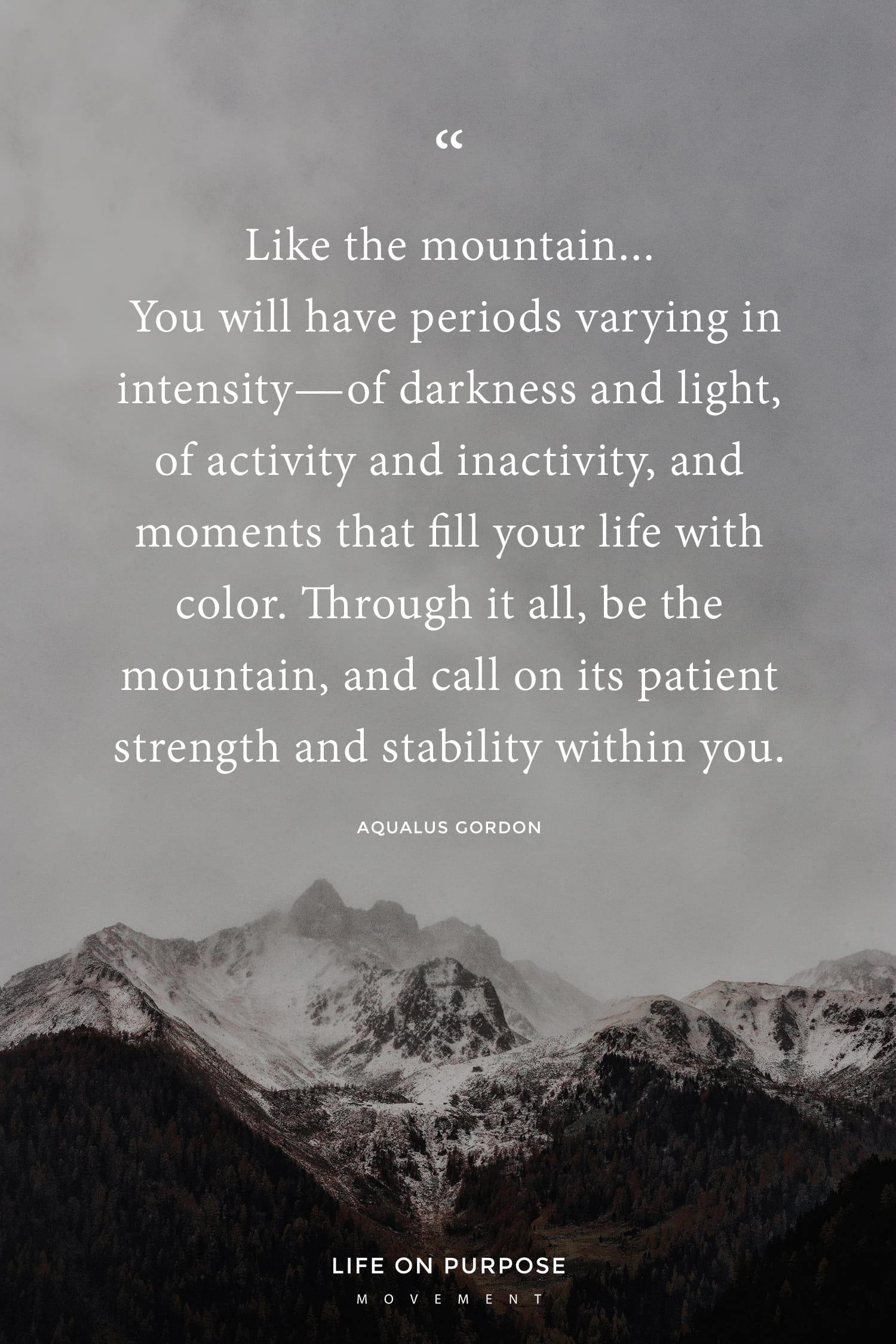Thank you so much for your interest in the Mental Clear-Out! A friendly reminder that this post is for subscribers only, so if you want to share this resource, please share this post instead. Thank you!
This article is for the people like me who are more likely to follow through with something when they understand why it works. Here I explore each step in more detail than I do on the checklist, but for those of you who are ready to jump without reading further, feel free to download the checklist right here—
The Mental Clear-Out: 5 Actionable Steps to Bring Peace and Order Back to Your Overloaded Brain
Friend: I know how stressful, not to mention exhausting, it is to live with a overloaded mind. I hope you’ll return to this research-backed process every time you feel your cognitive load weighing you down again—and I hope it brings you as much relief as it does for me.
1. Do a thought download
Take 5-10 minutes to write down every little thing that’s on your mind. Things you need to do right away, things you need to do in the future. Things you’re worried about, questions you need to ask, people you need to check in on. Everything you can think of.
The pizza order for tomorrow’s soccer party
Summer camp registration
That file I need to email to a client
Maybe I’m working too many hours.
I’m always agitated during the bedtime routine…
What shoe size are the kids right now?
It doesn’t have to be a pretty, grammatically parallel list; you just have to write until you get it all out.
I find that the simple act of seeing all of my thoughts on paper—no matter what I do after this point—brings noticeable and immediate relief. (I hope you find the same!)
2. Circle your worries
Building off the momentum you’ve created in step 1, now take 2 minutes to read over the list and circle or use a highlighter to separate out the things you’re worrying about.
“Any worry at all, even the little nagging stuff we’re not even aware of, can cause a mini Fight or Flight response. It’s easy to be aware of the threat of terrorism or climate change or that jerk driving next to you and sending a test message from his phone…
But we also have to recognize the danger of nagging low-grade stress. There is a huge hidden cost to your health, and indeed your longevity.”
Time to Worry About Worrying Too Much, Psychology Today
Maybe it’s the shortness of your baby’s naps or the whiplash-inducing mood swings of your preschooler. Maybe it’s a strained friendship or your mom’s health or your spouse’s job situation.
Circle all of your worries. Then—
3. Ask yourself, Will worrying change any of these?
I want you to internalize something right now. Really take it in.
There’s a difference between awareness and worry.
We want to be aware of our problems. Without awareness, we wouldn’t be able to address them when needed.
But worry? Worry isn’t productive. It gives our minds something to do, which can be deceptively comforting. We feel like we’re doing something by worrying, almost like we’re paying our dues. But in reality, it gets us nowhere. And in the process, those worries significantly add to our cognitive load.

So right now, look at the worries you’ve highlighted, and ask yourself, Will anything change by me worrying about these?
Awareness of them can inspire you to make course corrections or re-double your efforts in prayer—to take action. But worry for the sake of worrying will only leave you stuck… and more likely than not, feeling sad.
“There is a difference between worry and concern. A worried person sees a problem, and a concerned person solves a problem.” Harold Stephen
Recommended: Better Than Happy, episode 9: How to Stop Worrying
4. Do a mini- mountain meditation
Next, take 1-5 minutes (whatever time you have!) to simply sit, breathe, and visualize yourself as a mountain. (Yep, a mountain.)
Attributed to Jon Kabat-Zinn, American professor of medicine and the creator of the Center for Mindfulness at the University of Massachusetts Medical School, this mindfulness exercise is perfect for an overloaded mind, because it connects you back to the stillness that is inside of you. (Sometimes deep, deep inside of you. ?)
Imagine that you are the mountain—grounded and stable no matter the wind, rain, and storms that pass over you. Picture it in your mind with as much detail as you can summon. Your cliff faces, your pine trees… the peaks that rise even above the clouds, to where the air is fresh and clear. The sun that rises and sets daily on either side of you, while you stay in place, unmovable.

Be the Moutain: A Guided Meditation (Video & Script), Psychology Today
The reason a mindfulness exercise like this one is so powerful is because it employs three key elements: stop, observe, and return.
1. Stop. To slow the racing in our heads, we need to stop and remove ourselves from our current mindset. Be the mountain.
2. Observe. As we focus on a sensation (visualizing the mountain, concentrating on your breath, noticing the weight on your hands in your lap, etc.), we can observe without judgment what thoughts take our focus away.
3. Return. Then we can gently redirect our thoughts back to the sensation we’re focusing on. Return to the mountain.
A consistent mindfulness practices allows us to better detach from our thoughts and feelings—to see them with less judgment and to redirect ourselves to healthier headspace.
Teaching Mindfulness in Therapy, Mindfulness and Psychology
5. Write down three things you’re grateful for
Studies have found that when you focus on what you’re grateful for, it’s harder to ruminate on the negatives in your life. After spilling all of your thoughts across a page and spending several minutes assessing your worries, gratitude is the perfect place to end The Mental Clear-Out. It shifts us to the positive.
“Gratitude makes sense of our past, brings peace for today, and creates a vision for tomorrow.” Melody Beattie
If you have an extra 15 minutes
The exercise below is not officially part of The Mental Clear-Out, but it’s a powerful extra step. So if you have time and want to find even more clarity and relief, dive in. 🙂
Make four columns, and re-arrange the items in your thought download into four categories: delegate, eliminate, keep, and address.
Delegate: What can you assign to your kids or request that your spouse take over for you? Get creative. And remember that it’s okay to ask for help.
Eliminate: Some to-do’s feel necessary when they’re swirling around in your head, but when you really look at them closely, are they as necessary as you thought? If it’s a to-do that continually gets pushed back, week after week, maybe it doesn’t need done at all; maybe you can just let it go. As for those worries… I imagine there are quite a few of those you can let go of too.
Keep: It goes without saying that some items on your download can only be done by you. Just make sure you’re being honest with yourself and not keeping more than you can handle.
Address: This column is for the worries you want to do something about. If you’re worried about all the fighting you’re seeing between your children, maybe you can resolve to praise the heck out of them for those moments when they’re getting along. It’s not easy, but try to address your concerns instead of worrying about them.
That’s it! Please let me know if The Mental Clear-Out brings you the peace and order you’re looking for, and remember to revisit it any time you feel your cognitive load weighing you down again. It’s an ongoing journey. ❤
Print and enjoy the checklist!
The Mental Clear-Out: 5 Actionable Steps to Bring Peace and Order Back to Your Overloaded Brain
When I print from the link above, I check the box for “scale : fit to page,” and it comes out beautifully. If for some reason you have any problems with it, email me directly at [email protected]. Best!





Thank you. This is so helpful. I wanted to print the image but the quality is strange. Can you post a clearer image?
Ah, the tech is my downfall! 😉 I’m working on getting this straightened out, but for now, I’ll email you the full-sized PDF! If anyone else is running into this, feel free to email me for a copy at [email protected]
Thank you Erica – I love this! I’m so excited to start mentally unloading 🙂 bring on the peace!
(It’s nearly 1am here and I couldn’t sleep for all the thoughts running around in my head, so this has come at the most perfect time!)
No kidding, that DOES sound like serendipitous timing!! Makes me happy! Good luck with the un-load, and may you sleep better tonight, Jess! 😉
Very useful one.Thank you so much.I am sure most of us can relate to this article ad will go back to it when they are mentally overloaded!!
I’m so glad! Thank you for being a part of the Life On Purpose community!
This is great! Thank you!! <3
I’m so happy it’s useful to you, Sarah! Thanks for being here!
I spent all this time reading and writing points here and there in my journal. I realize I have been here quite a while and still have not found the list download. Is this procrastinating and not decluttering? No wonder I get so little done! Now ! let’s see where that list is.
!
Thank you, Erica! I really needed this today . . . I feel better already!
I am SO stinkin’ glad to hear it, Marie! That’s exactly what this is here for. Sending love!!
LOVVVEEED this list!
Thank you I so needed this! God bless you